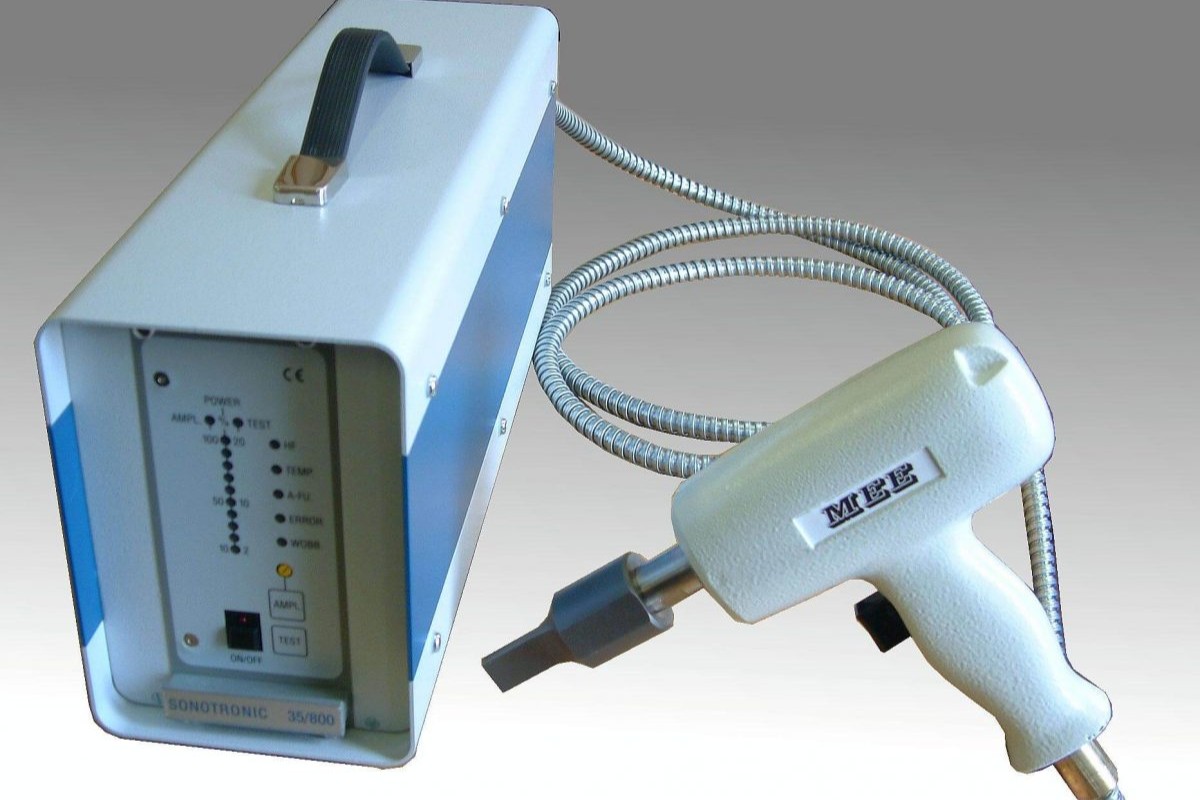
Ever wondered how plastic parts in cars or electronics are seamlessly joined together? The answer lies in ultrasonic welding. This technique uses high-frequency sound waves to bond materials, usually plastics, without the need for adhesives or screws. It's a game-changer in manufacturing, offering speed, precision, and durability. Imagine assembling a toy or a medical device in seconds with a strong, clean bond. Ultrasonic welding isn't just for plastics; it also works on metals, making it versatile. From automotive to healthcare, this method is revolutionizing how products are made. Ready to learn more? Here are 25 fascinating facts about ultrasonic welding that will blow your mind!
What is Ultrasonic Welding?
Ultrasonic welding is a technique used to join materials, usually plastics or metals, using high-frequency ultrasonic acoustic vibrations. This method is popular in various industries due to its efficiency and precision.
-
Invented in the 1960s, ultrasonic welding has revolutionized manufacturing processes by providing a fast and reliable way to bond materials without the need for adhesives or soldering.
-
High-frequency sound waves are the magic behind this technique. These waves generate heat through friction, causing the materials to melt and fuse together.
-
No external heat source is required. The process relies solely on the energy generated by ultrasonic vibrations, making it energy-efficient.
-
Commonly used in the automotive industry, ultrasonic welding helps create strong bonds in car parts, ensuring durability and safety.
-
Medical devices like catheters and filters are often assembled using ultrasonic welding, ensuring they are sterile and secure.
How Does Ultrasonic Welding Work?
Understanding the mechanics behind ultrasonic welding can help appreciate its applications and benefits.
-
Transducers convert electrical energy into ultrasonic vibrations. These transducers are the heart of the ultrasonic welder.
-
The horn, or sonotrode, directs these vibrations to the materials being welded. It is usually made of titanium or aluminum.
-
Clamping force is applied to hold the materials together during the welding process. This ensures a strong bond.
-
Welding time is short, often just a few seconds, making it a quick and efficient process.
-
No need for consumables like glue or solder, reducing material costs and waste.
Applications of Ultrasonic Welding
Ultrasonic welding is versatile and finds applications in various fields.
-
Electronics industry uses ultrasonic welding to assemble components like circuit boards and connectors.
-
Packaging industry benefits from ultrasonic welding for sealing containers and blister packs, ensuring product integrity.
-
Textile industry employs this technique to bond synthetic fabrics, creating seamless and durable seams.
-
Toy manufacturing uses ultrasonic welding to assemble plastic parts, ensuring safety and durability.
-
Aerospace industry relies on ultrasonic welding for lightweight and strong bonds in aircraft components.
Advantages of Ultrasonic Welding
The benefits of ultrasonic welding make it a preferred choice in many industries.
-
Speed and efficiency are major advantages. The process is quick, reducing production time.
-
Strong and reliable bonds are formed, ensuring the durability of the final product.
-
Environmentally friendly, as it does not require adhesives or solvents, reducing chemical waste.
-
Energy-efficient, using less power compared to traditional welding methods.
-
Minimal maintenance is required for ultrasonic welding equipment, reducing downtime and costs.
Challenges and Limitations
Despite its many advantages, ultrasonic welding has some challenges and limitations.
-
Material compatibility can be an issue. Not all materials can be welded using ultrasonic vibrations.
-
Thickness limitations exist. Ultrasonic welding is most effective for thin materials.
-
Initial setup cost can be high, as the equipment is specialized and expensive.
-
Operator skill is crucial. Proper training is required to ensure the welding process is performed correctly.
-
Noise levels can be high, requiring proper safety measures to protect operators' hearing.
Ultrasonic Welding: A Quick Recap
Ultrasonic welding is a game-changer in manufacturing. It uses high-frequency sound waves to join materials, making it fast, efficient, and reliable. This method is widely used in industries like automotive, electronics, and medical devices. It’s perfect for creating strong, precise bonds without needing adhesives or solvents. Plus, it’s environmentally friendly since it produces minimal waste.
Understanding the basics of ultrasonic welding can help you appreciate its impact on modern manufacturing. From its speed and precision to its eco-friendly nature, this technology is revolutionizing how products are made. Whether you’re a student, a professional, or just curious, knowing these facts can give you a better grasp of the innovations shaping our world.
So next time you see a car, a smartphone, or a medical device, remember that ultrasonic welding might have played a part in its creation.
Was this page helpful?
Our commitment to delivering trustworthy and engaging content is at the heart of what we do. Each fact on our site is contributed by real users like you, bringing a wealth of diverse insights and information. To ensure the highest standards of accuracy and reliability, our dedicated editors meticulously review each submission. This process guarantees that the facts we share are not only fascinating but also credible. Trust in our commitment to quality and authenticity as you explore and learn with us.
